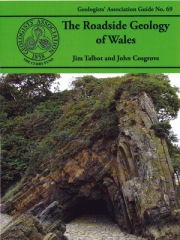The British upper Ordovician has a spectacular variety of invertebrate fossils. The marine communities in which they lived developed on a number of microcontintents and terranes, associated with tectonically active areas of the Earth’s crust.


The British upper Ordovician has a spectacular variety of invertebrate fossils. The marine communities in which they lived developed on a number of microcontintents and terranes, associated with tectonically active areas of the Earth’s crust.

Roderick Impey Murchison must have been a remarkable man. The son of a Scottish landowner, he was one of the first people to rigorously use the principles of stratigraphy discovered by William Smith, which put him in a position to erect the Silurian system and to name about 123myrs of geological time.
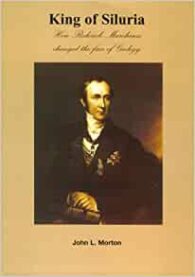
This is a comprehensive account of the minerals found in the British Isles (including Ireland) and the surrounding islands. At over 600 pages and illustrated throughout by over 550 images (mostly in colour), the book provides exhaustive coverage of the remarkably wide range of minerals found in this part of the world.
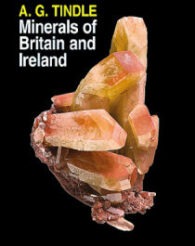
The first ever fossils I collected were from the spoils tips of the two coal mines in Aberdare, South Wales. Alas, these and most other such spoil tips have been landscaped and covered over. Clearly this was both inevitable and desirable after the closure the UK coal industry, but it is a shame for those of us who love Carboniferous Coal Measures plant fossils.
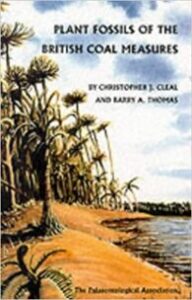
The author, John L Morton, certainly came to popular geological publishing by an interesting and circuitous route. Trained as a pilot, became the district commissioner for scouts in Horsham and, on retirement, studied a BSc in, among other things, geology. In 2001, on the strength of this book on William Smith, he was elected a Fellow of the Geological Society.
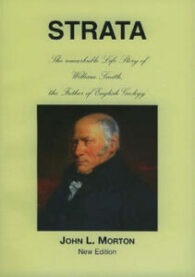
Anglesey contains a fascinating variety of rock types and geological structures, best exposed in a magnificent coastline. The bedrockgeology of Anglesey comprises a complex collage of igneous, sedimentary and metamorphic rocks that were formed between 300 and 650 million years ago.
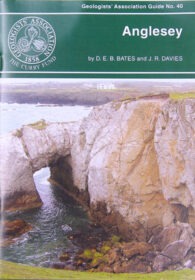
There are several passions in my life – geology and geomorphology being a couple and hillwalking being another. And it doesn’t take much to see that that these go together rather well. Over the last few years, a number of great leaflets, often laminated, have been produced setting out UK geological walks and these are some more good ones.
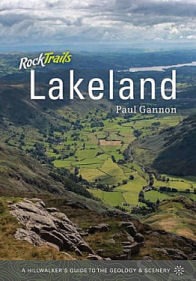
It might come as a surprise to the vast majority of the UK population (and probably anyone reading this elsewhere), but this country is a great place for dinosaurs. In fact, it is one of the most important places for Lower Cretaceous dinosaurs, whose remains have been found on the Isle of Wight and in the Weald. A possible Triassic dinosaur has also been found in Morayshire, Scotland, and there are plenty more from the entire length of the Jurassic.
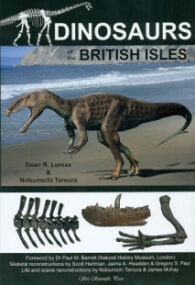
This is a very ambitious work. The authors discuss the geology of Britain as a “geological legacy”, that is, they believe it is “an inheritance bequeathed to 11 millennia or so of its post-glacial inhabitants”. Therefore, the book covers the geological foundations of its landscape and its raw materials; and how both of these have been used by society and individuals in the visual arts and literature, as well as for mining, quarrying and architecture.
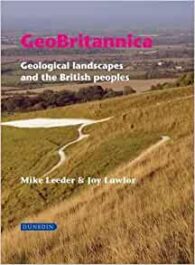
This GA guide was first published in 1995 and is a great example of the sort of guide that the association still produces – coverage of small(ish), but important areas, where the geology is both fascinating and important. This one contains general descriptions of the geology and geomorphology of this part of west Wales, with 19 separate itineraries, written by 11 experts in their fields.

I’ve been waiting for a book like this for a very long time and am delighted that a publication of this quality has now arrived. New books covering British palaeontology are always welcome.
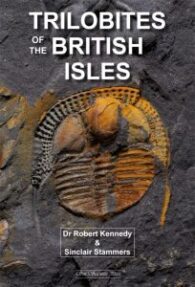
This is an interesting little booklet and very much a new departure for the Palaeontological Association. Rather than covering specific fossils, it contains colourful, detailed, artistic illustrations, accompanied by concise explanatory text by palaeoartist, James McKay.
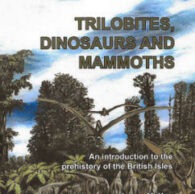
This is a guide to the collection, preservation and display of fossils from more than 50 locations in the UK. It is unashamedly based on the UK fossils format, but obviously, rather than being an online resource, it is a pocket sized book to be taken and read on site.
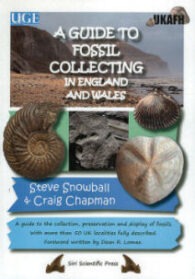
I quite like regional guides books, even about areas I haven’t been to and am unlikely to visit. That isn’t the case for South Wales, which is one of my favourite areas in the UK for both scenery and geology. Therefore, this guide is another good addition to my collection and will no doubt accompany me soon on another holiday in the Principality.
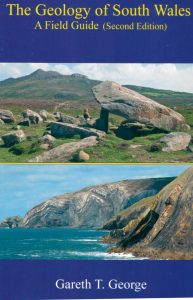
The fossil bearing rocks of the British Isles contain the remains of life from the last 2,900Ma and the UK is seen by many as the cradle of modern geology. With this is mind and using a geological map of Britain, palaeontologist Peter Doyle offers a comprehensive guide to UK fossils.
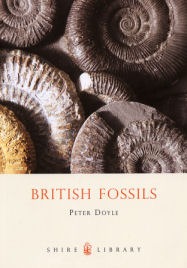
South Wales is a great place to do geology, both because of the variety of what can be seen and the general beauty of the area and its surrounds. In fact, the sedimentary rocks here (largely from the Palaeozoic and late Triassic/Lower Jurassic) were deposited in a wide range of environments, for example, deep-sea fans, clastic-carbonate shelf seas, beaches, estuaries and deltas, and rivers and floodplain swamps, to name but a few.
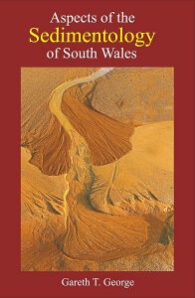
I sat down to read this over Christmas and what a good read it turned out to be. The appropriate word is ‘eclectic’ – because Measures for Measure is written for all us with an interest in the industrial history of Great Britain, and its impact on the landscape, economy, social history and culture.
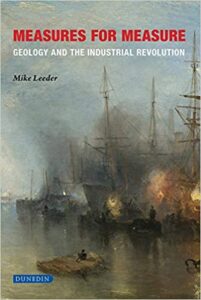
This book is truly sumptuous, and yet is also a comprehensive discussion of William Smith’s maps (including the revolutionary ‘A Delineation of the Strata of England and Wales, with part of Scotland’) and career. It is beautifully produced, printed on quality paper and the full colour illustrations are outstanding.

The Geologists’ Association has produced yet another great guide, this time on the geology of Wales. However, this is a slightly different beast from most of their other publications. As is always the case with this excellent series of guides, the book describes the geology of different sites capable of being visited. However, this time, the conceit is that visiting the locations is assumed to be by car.
